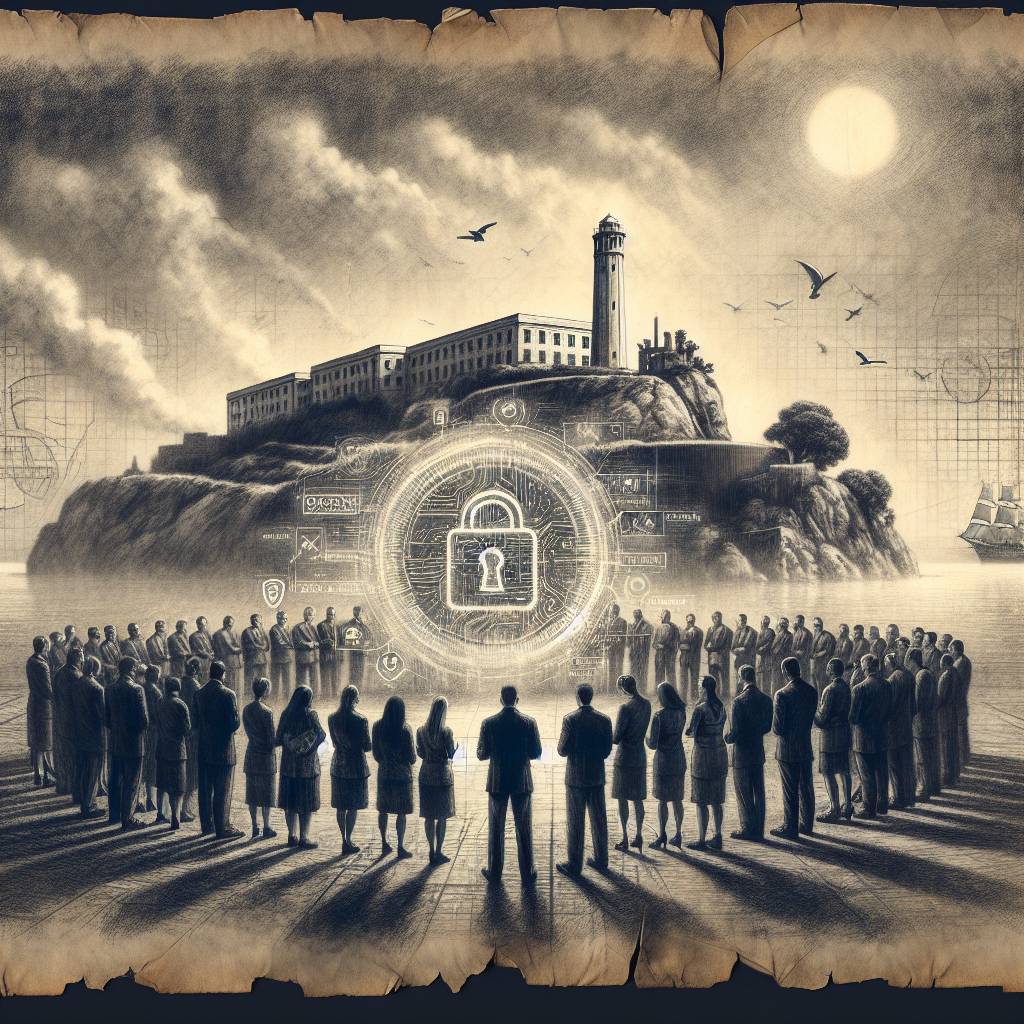From Alcatraz to Zero Trust: Unlocking the Secrets of Modern Cybersecurity at RSA 2025
Zero Trust and Alcatraz may seem worlds apart, but both thrive on meticulous verification. While Alcatraz prioritized punishment, Zero Trust balances security with user experience, showing that modern security isn’t about building a digital fortress, but enabling a thriving ecosystem. As we head to RSA 2025, the challenge is finding harmony between control and empowerment.

Hot Take:
Alcatraz may have been a fortress of isolation, but in the world of cybersecurity, we’re aiming to break free from the chains of mistrust. Unlike the Rock’s gloomy cells, Zero Trust’s “never trust, always verify” mantra encourages a brighter, more connected digital landscape. Let’s just hope we don’t accidentally build a virtual prison while trying to protect our data!
Key Points:
- The Zero Trust security model emphasizes “never trust, always verify” rather than relying on a traditional network perimeter.
- Key components of Zero Trust include Identity and Access Management, Data Loss Prevention, Endpoint Security, Network Segmentation, and Cloud Security.
- Zero Trust prioritizes user experience, productivity, and business agility alongside security.
- There’s a call for a balanced approach to security that enables innovation and collaboration.
- RSA 2025 will showcase how industry leaders are addressing the evolving cybersecurity landscape.
Welcome to the Digital San Quentin
In the digital world, Alcatraz’s philosophy of isolation and mistrust has been reincarnated, but this time, it’s called Zero Trust. Unlike the infamous island prison, Zero Trust isn’t about locking everyone in and throwing away the key; it’s more about ensuring that everyone who wants to come in is who they say they are. Just like a bouncer at a high-end club, Zero Trust demands rigorous ID checks, and if you’re not on the list, well, you’re not getting in. This approach is a far cry from the old-school method of assuming everyone inside the network perimeter was a good guy. Spoiler alert: they weren’t.
From Solitary Confinement to Cyber Collaboration
While Alcatraz was all about solitary confinement, modern cybersecurity is more about collaboration. Sure, Zero Trust demands meticulous verification and rigorous checks, but it’s not just about keeping the bad guys out. It’s also about enabling the good guys to work together seamlessly. Businesses today need a security framework that supports hybrid work environments, where employees can collaborate from anywhere without feeling like they’re trying to break out of Shawshank.
A Prison of Our Own Making?
As we explore the parallels between Alcatraz and Zero Trust, there’s a cautionary tale hidden in the fog. While robust security is essential, we must be wary of creating a digital prison that stifles innovation. The goal is not to build a fortress of solitude but to foster a community where security and freedom coexist. This means adopting a security model that empowers users, fuels productivity, and adapts to the ever-evolving threat landscape. It’s about finding that sweet spot between control and creativity.
The RSA 2025 Playground
As the RSA 2025 conference approaches, industry leaders and security professionals gather to tackle the big questions: How can we strike the right balance between security and user experience? Are the solutions being offered practical in addressing real-world challenges such as hybrid work and complex threats? The conference serves as a crucial platform for sharing insights and forging pathways toward a secure yet agile digital future. If Alcatraz taught us anything, it’s that no one wants to be stuck on an island, and in cybersecurity, isolation is not the answer.
Security with a Side of Trust
The journey from Alcatraz’s stark isolation to Zero Trust’s interconnected security landscape is a reminder of how far we’ve come. It’s a testament to the evolution of our understanding of security – from rigid confinement to a balanced approach that values protection and freedom. As we navigate this digital age, let us strive to build a future where security not only protects but also empowers, where trust, though hard-earned, can flourish. After all, even the most secure fortress is nothing without the trust of its inhabitants.
